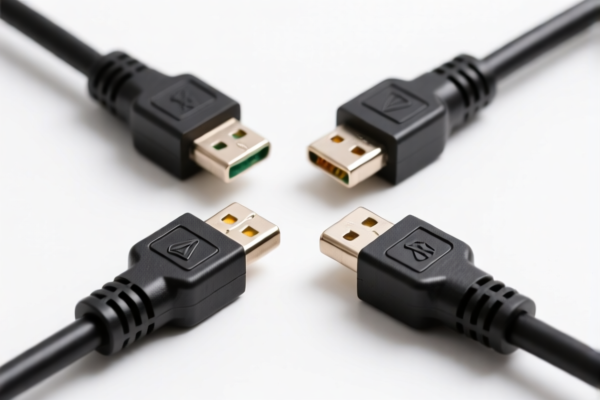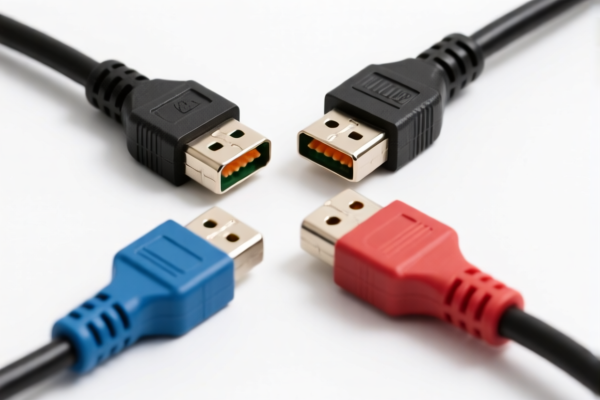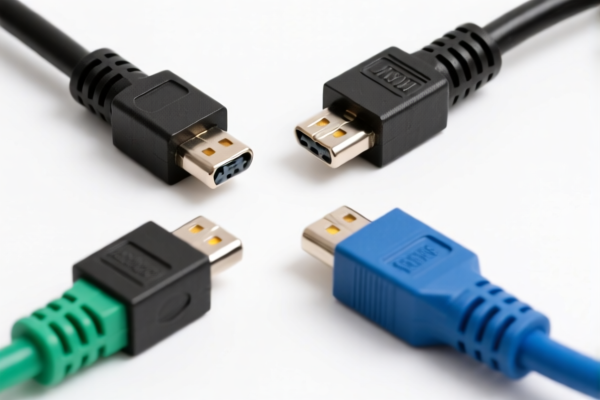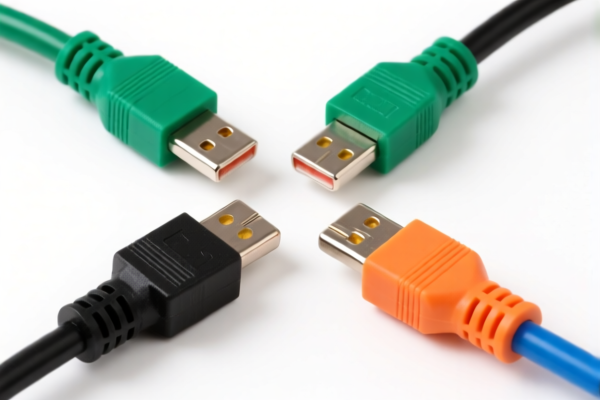| HS Code | Official Doc | Tariff Rate | Origin | Destination | Effective Date |
|---|---|---|---|---|---|
| 8506900000 | Doc | 57.7% | CN | US | 2025-05-12 |
| 8536904000 | Doc | 55.0% | CN | US | 2025-05-12 |
| 8536100040 | Doc | 57.7% | CN | US | 2025-05-12 |
| 3926904000 | Doc | 32.8% | CN | US | 2025-05-12 |
| 3926909989 | Doc | 42.8% | CN | US | 2025-05-12 |
| 3917400095 | Doc | 60.3% | CN | US | 2025-05-12 |
| 3917390050 | Doc | 33.1% | CN | US | 2025-05-12 |
| 8307103000 | Doc | 58.8% | CN | US | 2025-05-12 |
| 8307903000 | Doc | 58.8% | CN | US | 2025-05-12 |
| 8311900000 | Doc | 55.0% | CN | US | 2025-05-12 |




Battery Terminal Connectors
Battery terminal connectors are components used to establish electrical contact between a battery and an external circuit, most commonly in automotive, marine, and industrial applications. They facilitate the flow of power from the battery to start engines, operate electrical systems, and charge the battery.
Materials
Connectors are typically manufactured from materials exhibiting high conductivity and corrosion resistance. Common materials include:
- Copper: Provides excellent conductivity but is susceptible to corrosion. Often used with a coating for protection.
- Brass: Offers a good balance of conductivity and corrosion resistance.
- Lead: Historically common due to its corrosion resistance and malleability, but use is decreasing due to environmental concerns.
- Tin-Plated Copper/Brass: Provides improved corrosion resistance and solderability.
- PVC/Rubber Insulation: Used as a protective covering to prevent short circuits and corrosion.
Purpose
The primary purpose of battery terminal connectors is to:
- Establish a reliable electrical connection: Ensuring efficient power transfer.
- Prevent corrosion: Protecting the battery and electrical system from damage.
- Secure the connection: Maintaining a stable connection even under vibration and stress.
- Facilitate easy connection and disconnection: For maintenance, replacement, or charging.
Function
Connectors function by:
- Clamping force: Applying pressure to the battery post to create a tight electrical and mechanical bond.
- Conductive pathway: Providing a low-resistance path for current flow.
- Insulation: Preventing short circuits and accidental contact.
- Strain relief: Reducing stress on the battery post and connector.
Usage Scenarios
- Automotive: Connecting the battery to the starter, alternator, and other electrical components.
- Marine: Connecting batteries to engines, navigation systems, and other onboard electrical devices.
- Industrial: Connecting batteries to forklifts, UPS systems, and other industrial equipment.
- Solar Power Systems: Connecting batteries to inverters and charge controllers.
- Power Tools: Connecting batteries to cordless power tools.
Common Types
- Lead Connectors (Traditional): Often made of lead or lead-coated brass, these are older designs and becoming less common. They are typically crimped or soldered onto battery cables.
- Set Screw Connectors: Feature a screw that clamps onto the battery post. They offer a secure connection but require periodic tightening.
- Side Terminal Connectors: Attach to the side of the battery post with a bolt and nut. Common in some automotive applications.
- Ring Terminal Connectors: Feature a ring-shaped connector that is bolted onto the battery post. Provide a secure and reliable connection.
- Quick Connectors: Allow for fast and easy connection and disconnection. Often used in low-power applications.
- Post and Sleeve Connectors: Feature a sleeve that slides over the battery post and a post that connects to the cable.
- Heat Shrink Connectors: Insulated connectors that provide a waterproof and corrosion-resistant seal.
Considerations
- Cable Gauge: The connector must be compatible with the gauge of the battery cable.
- Battery Post Size: Connectors are designed for specific battery post sizes (e.g., SAE, DIN).
- Corrosion Protection: Choosing connectors with adequate corrosion protection is crucial for long-term reliability.
- Crimping/Soldering Quality: Proper crimping or soldering is essential for a secure and low-resistance connection.
- Insulation Quality: Ensure the connector provides adequate insulation to prevent short circuits.
Based on the provided information, the following HS codes are relevant to “battery terminals connectors”:
-
8506900000: This HS code falls under Chapter 85 (Electrical apparatus; electrical machinery and equipment). Specifically, it covers primary cells and primary batteries; parts thereof: Parts. This would be applicable if the connectors are specifically designed as parts for primary batteries. The total tax rate is 57.7%, comprised of a 2.7% base tariff, a 25.0% additional tariff, and a 30% additional tariff effective after April 2, 2025.
-
8536904000: This HS code is within Chapter 85 and covers electrical apparatus for switching or protecting electrical circuits, or for making connections to or in electrical circuits (for example, switches, relays, fuses, surge suppressors, plugs, sockets, lamp-holders and other connectors, junction boxes), for a voltage not exceeding 1,000 V; connectors for optical fibers, optical fiber bundles or cables: Other apparatus: Terminals, electrical splices and electrical couplings; wafer probers. This is applicable if the connectors are used for electrical connections and operate at a voltage of 1,000 V or less. The total tax rate is 55.0%, consisting of a 0.0% base tariff and a 25.0% additional tariff, increasing to 30% after April 2, 2025.
It is important to note that the applicable tax rate for both HS codes will change after April 2, 2025, with the additional tariff increasing from 25.0% to 30.0%.
Customer Reviews
No reviews yet.